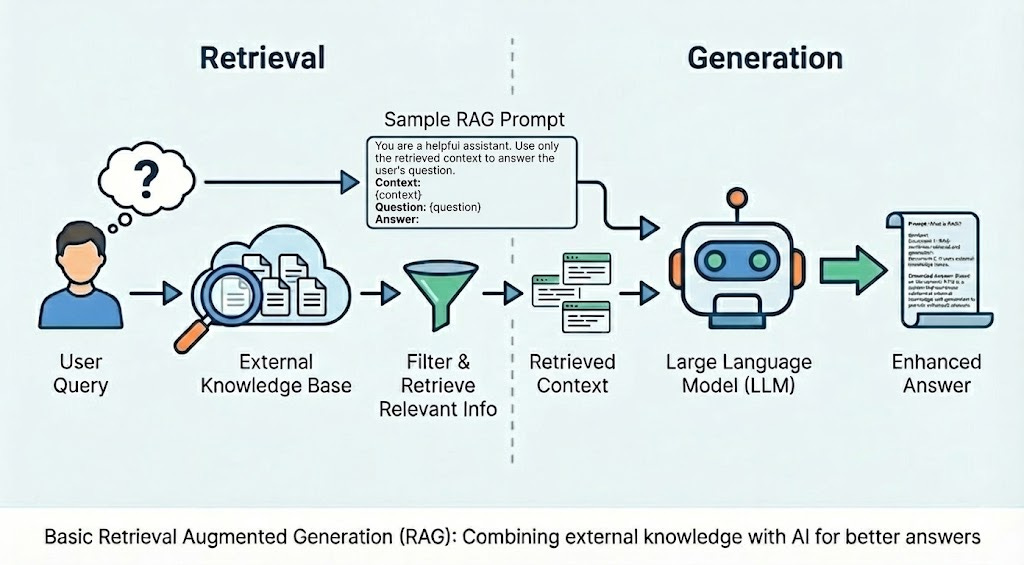Rogue Scholar Posts

In case you missed it, I share information I earlier posted on other channels. The Comics Grid’s 15th volume, corresponding to 2025 has been wrapped. The Times They Are a-Changin’ We would like to express our heartfelt appreciation to all colleagues who submitted their work to us and showed patience and understanding throughout the editorial process.

Ghost references existed long before LLMs. This post examines how Google Scholar's [CITATION] mechanism and web pollution may undermine RAG verification.
Zu den Ritualen rund um das Weihnachtsfest gehört für viele Menschen die Lektüre der Weihnachtsgeschichte von Charles Dickens. Der gedankliche Sprung zum internationalen Urheberrecht ist dann zum Greifen nahe, denn Charles Dickens befasste sich intensiv mit diesem Thema.

Dear student, Before you embark on your “career” as a statistician, you must purge yourself of a childish misconception: that our job is to seek truth. Truth is stubborn, unpredictable, and worst of all, often unpublishable . Scientists crave confidence, the journals crave significance, and we, if we are clever, can provide both without the nuisance of real rigor.

There has been a major furore in recent days on social media about the rise in AI citations that have been hallucinated. These citations appear in manuscripts sent out for peer review, and even in the published literature.

The "Machinal Bypass," when AI becomes a shortcut around the work that makes us human, and why some tasks should feel a little hard.

Chet Gottfried got in touch after he read Yet more lying necks: Backwards Birds edition, nearly two months ago now, with some more of his photos. Here they are, with his permission: What’s going on here? As I wrote the Chet, “Interesting that this degree of twisting is common in raptors.
It’s that time of year for some reflection. In principle, when doing this, you look back on the whole year. I notice that we already have plenty to look back on in just these last few weeks. On 15 December, we had the screening of The Librarians (post only in Dutch) at KB, the national library of the Netherlands. And there have been various calls to the parties forming the new government in the Netherlands to do what is right for our country.

This year we had a familiar argument in my household about when the Christmas tree should go up. My other half insists that it should be a late arrival, just a few days before Christmas ideally, whereas I would prefer to have the month of December as a lead up and infused with festive spirit, etc. In the end, because my mother was coming to visit, we decided that it would go up around the 14th or so of December.
